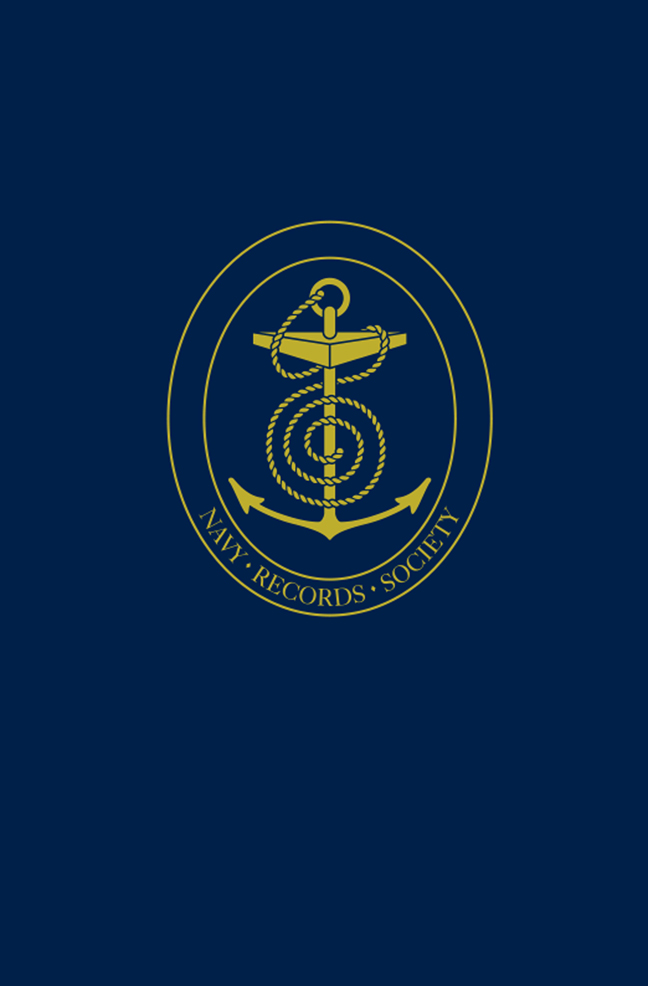Book contents
- Frontmatter
- Contents
- List of Maps
- Preface
- Glossary of Abbreviations
- Part I The Mediterranean Fleet from 1930 to the Ethiopian Crisis
- Part II The Abyssinian Crisis, 1935–1936
- Part III The Spanish Civil War and the Nyon Agreements, 1936–1937
- Part IV The Approach of War, 1938–1939
- Sources and Documents
- Index
- Miscellaneous Endmatter
Part I - The Mediterranean Fleet from 1930 to the Ethiopian Crisis
Published online by Cambridge University Press: 05 March 2024
- Frontmatter
- Contents
- List of Maps
- Preface
- Glossary of Abbreviations
- Part I The Mediterranean Fleet from 1930 to the Ethiopian Crisis
- Part II The Abyssinian Crisis, 1935–1936
- Part III The Spanish Civil War and the Nyon Agreements, 1936–1937
- Part IV The Approach of War, 1938–1939
- Sources and Documents
- Index
- Miscellaneous Endmatter
Summary
The Mediterranean Fleet began the 1930s while still under the command of Admiral Sir Frederick L. Field. He was succeeded in May 1930 by Admiral Sir Ernle Chatfield, who had been Admiral Beatty's flag captain during the First World War and still had an important career ahead of him as First Sea Lord and Minister for Co-ordination of Defence. With its six battleships, one and often two aircraft carriers, two cruiser squadrons, four destroyer flotillas and a submarine flotilla, the Mediterranean Fleet was Great Britain's premier naval force. It was still more powerful than the naval forces of the two major Mediterranean naval powers, France and Italy. Moreover, it was also destined to play a key role in case of war in the Far East against Japan, proceeding through the Suez Canal and Indian Ocean to Singapore [24]. With the exception of W.W. Fisher, who died prematurely, every Mediterranean Commander-in-Chief during the 1930s subsequently became First Sea Lord. This was in contrast to the preceding decade when for a variety of reasons only Frederick Field (Mediterranean C-in-C June 1928–May 1930) eventually became head of the Navy.
At the beginning of the 1930s there was little to distinguish the activities of the Mediterranean Fleet from those of the late 1920s. The annual routines of training, drills and exercises, cruises and combined exercises with the Atlantic Fleet continued. Chatfield provides a rough outline of the annual routine. There would be a winter cruise in January and a spring cruise in March, generally culminating with combined exercises with the Atlantic Fleet. Rigorous fleet training took place in May and June, a period when the weather at Malta was at its best. The first summer cruise took place in July and August. A much anticipated fleet regatta usually took place during this cruise, often in Greek waters. This would be followed in late August by about a fortnight back at Malta when ships would be refuelled and re-stored. This would be followed by a second summer (later termed autumn) cruise until the end of October. Then came what Chatfield termed a ‘self-refit’ period back at Malta with the majority of ships laid up for the overhaul of hulls and machinery. The cruises were opportunities for drills and exercises and the fleet had a reputation for playing hard and working hard.
- Type
- Chapter
- Information
- The Mediterranean Fleet, 1930-1939 , pp. 1 - 60Publisher: Boydell & BrewerFirst published in: 2024



